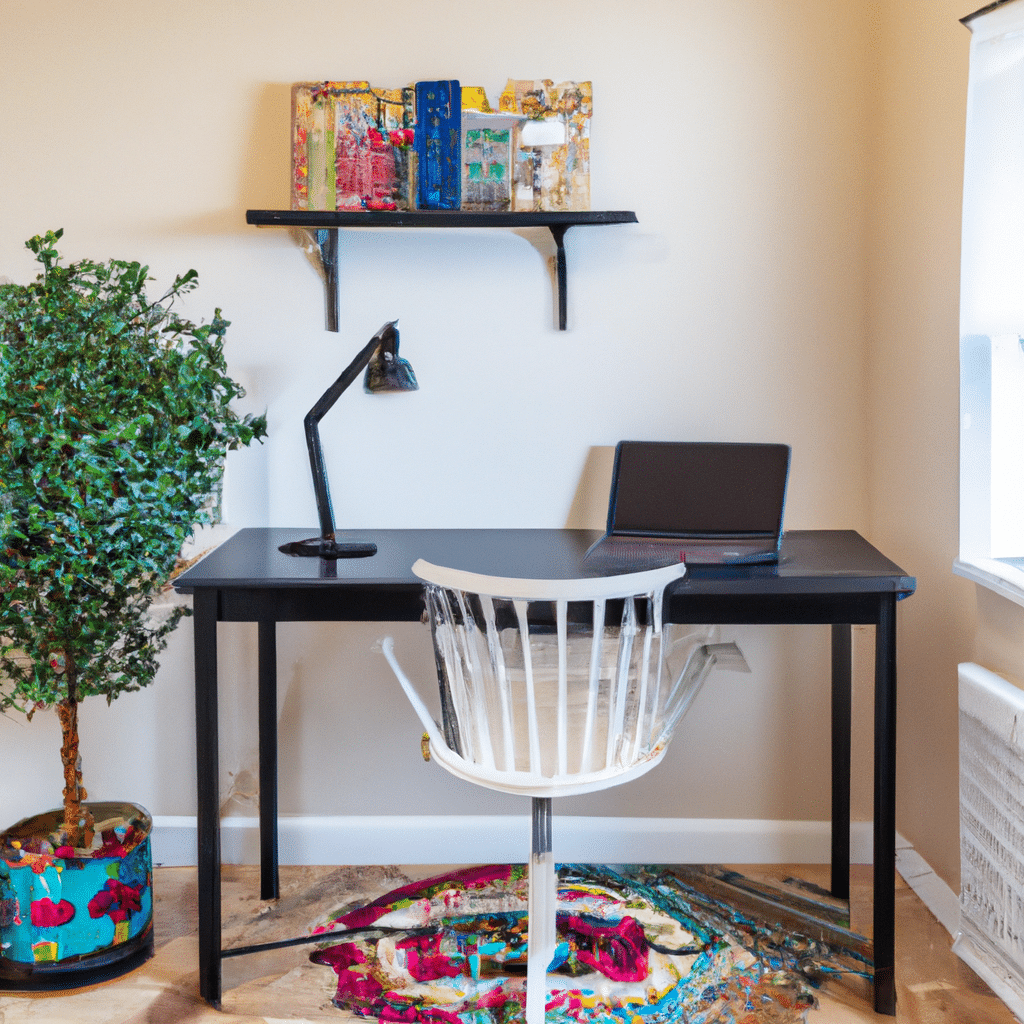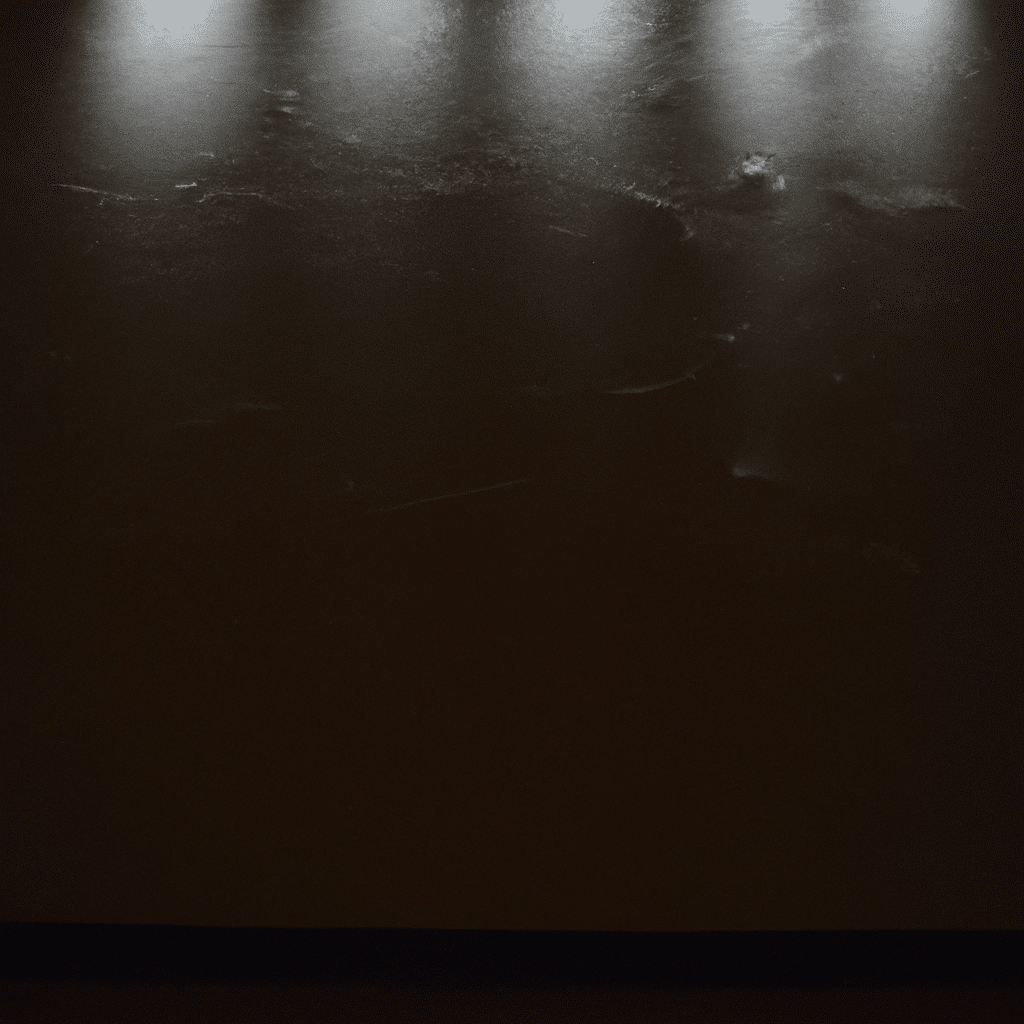
Welcome to our comprehensive guide on lighting selection for your home office. In today’s fast-paced world, more and more people are opting to work remotely from the comfort of their own homes. Having a well-designed and properly lit home office is crucial for boosting productivity and creating a conducive work environment. In this article, we will reveal the hidden secrets of lighting selection that can significantly enhance your productivity levels. So let’s dive in!
Understanding the Importance of Lighting
Lighting plays a crucial role in our daily lives, impacting our mood, energy levels, and overall well-being. In a home office setting, proper lighting becomes even more critical as it directly influences our ability to focus, concentrate, and perform tasks efficiently. Insufficient or inadequate lighting can lead to eye strain, headaches, and decreased productivity. On the other hand, a well-lit workspace can enhance creativity, improve mood, and boost overall work performance.
Natural Lighting: Harnessing the Power of the Sun
One of the most effective ways to optimize your home office lighting is by harnessing natural light. Natural light not only provides a more comfortable and pleasant working environment but also offers numerous health benefits. Sunlight stimulates the production of Vitamin D, which is essential for maintaining a healthy immune system and promoting better sleep quality.
To maximize natural light in your home office, consider positioning your desk near a window. This will allow you to take advantage of the sun’s rays while working. However, it’s important to be mindful of glare and direct sunlight, as they can cause discomfort and make it difficult to see your computer screen. Use blinds, curtains, or sheer shades to control the amount of light entering your workspace.
Artificial Lighting: Choosing the Right Fixtures
While natural light is ideal, it may not always be sufficient, especially during late evenings or in rooms with limited windows. In such cases, artificial lighting becomes crucial for maintaining optimal working conditions. Here are some key factors to consider when choosing artificial lighting fixtures for your home office:
1. Color Temperature
The color temperature of light is measured in Kelvin (K) and determines the warmth or coolness of the light emitted. For a home office, it is recommended to use lighting with a color temperature between 4000K and 6500K, which replicates natural daylight. This cooler temperature promotes alertness and focus, enhancing productivity.
2. Light Intensity
The intensity of light is measured in lumens (lm) and refers to the brightness emitted by a light source. In a home office, it’s important to strike a balance between sufficient illumination and avoiding glare. Aim for a light intensity of around 500 to 1000 lumens per square meter, depending on the size of your workspace.
3. Task Lighting
Task lighting refers to lighting fixtures specifically designed to illuminate the area where you perform tasks, such as reading, writing, or using a computer. Desk lamps, adjustable arm lamps, or under-cabinet lighting are excellent options for providing focused lighting exactly where you need it. Ensure that the color temperature and light intensity of your task lighting complement the overall lighting scheme.
4. Ambient Lighting
Ambient lighting, also known as general lighting, provides overall illumination to the entire room. It creates a comfortable and welcoming atmosphere. Ceiling-mounted fixtures, recessed lights, or pendant lights are common choices for ambient lighting. Consider using dimmers to adjust the brightness level according to your needs and preferences.
5. Accent Lighting
Accent lighting adds depth, visual interest, and highlights specific areas or objects in your home office. It can be achieved through the use of track lighting, wall sconces, or picture lights. Accent lighting not only enhances the aesthetics of your workspace but also draws attention to important elements, such as artwork or bookshelves.
Lighting Placement and Ergonomics
In addition to selecting the right lighting fixtures, proper placement is crucial to ensure optimal lighting conditions in your home office. Here are a few tips to consider:
1. Avoid Glare
Position your desk and computer monitor in a way that minimizes glare. Glare can cause eye strain and make it difficult to see your screen clearly. Place your monitor perpendicular to windows to reduce direct sunlight and consider using an anti-glare screen protector.
2. Balanced Lighting
Distribute lighting sources evenly throughout your home office to avoid creating areas of excessive brightness or darkness. This will help reduce eye strain and provide a more comfortable working environment.
3. Indirect Lighting
Indirect lighting, such as uplighting or wall sconces, can help reduce harsh shadows and create a softer, more diffused light. This can be particularly beneficial when working on tasks that require a high level of visual accuracy, such as reading or writing.
4. Avoid Overhead Lighting
Overhead lighting alone can create harsh shadows and uneven lighting conditions. Instead, combine overhead lighting with task and ambient lighting to achieve a more balanced and comfortable workspace.
Conclusion
Creating a well-lit home office is essential for boosting productivity and creating an environment conducive to focused work. By understanding the importance of lighting, harnessing natural light, and selecting the right artificial lighting fixtures, you can create an ideal workspace that facilitates your work performance. Remember to consider factors such as color temperature, light intensity, task lighting, ambient lighting, and accent lighting to optimize your lighting setup. With careful planning and implementation, you can unlock the hidden secrets of lighting selection and take your productivity to new heights.



